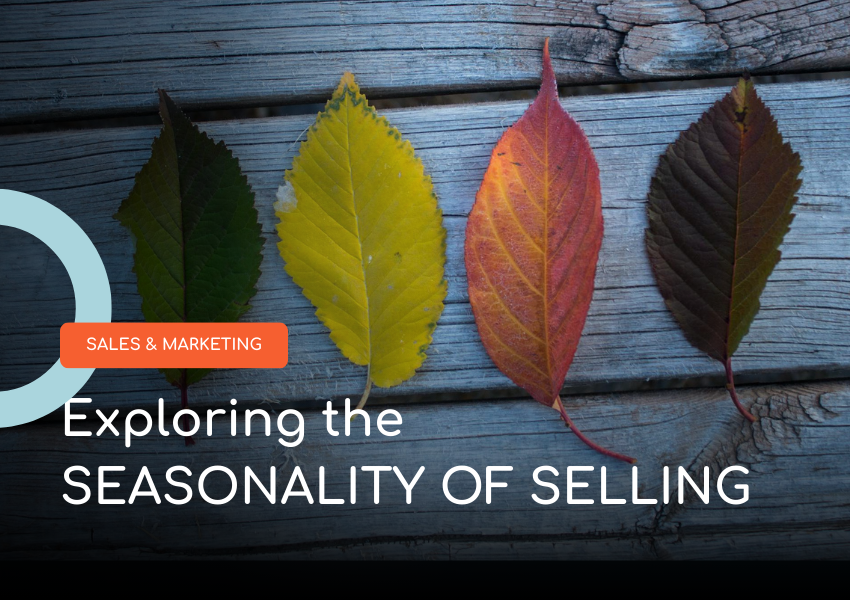“The best time to plant a tree was 50 years ago; the second-best time is right now.”
Ideally, nurturing relationships with prospects begins well in advance of any purchasing decision. Early and consistent engagement helps build trust and keeps your brand top-of-mind. If you’re just getting started, now is the perfect moment to be proactive and make meaningful connections.
In sectors like life sciences, pharmaceuticals, and medical device sales, timing is crucial. While regular outreach is beneficial year-round, there are seasonal opportunities that can lead to higher engagement and conversion rates. Understanding these seasonal nuances allows you to target prospects when they are most likely to respond positively.
Understanding the Different Types of Seasonality
1. Cultural Seasonality
Cultural seasonality encompasses holidays and cultural events that influence your customers’ availability. These periods often see decreased responsiveness due to time away from the office. However, they can also provide unique engagement opportunities when approached thoughtfully.
Strategies for Engagement
- Strengthening Connections: Personalize messages around holidays to demonstrate thoughtfulness. A well-timed holiday greeting can reinforce your brand’s presence without pushing for a hard sell.
- Year-End Offers: Many clients face fiscal budget deadlines. Tailored offers during end-of-year holiday periods can encourage prospects to utilize their discretionary funds.
Tip: Always consider cultural nuances; personalize interactions to ensure your messages resonate with your audience.
2. Financial Seasonality
Financial seasonality relates to budgeting cycles and their impact on purchasing decisions, driven by factors like quarterly reports and fiscal year-end reviews.
Key Considerations
- Quarterly and Fiscal Year-End Cycles: Organizations often reassess budgets at the end of a fiscal year or quarter. Positioning your offerings during these times can lead to faster purchasing decisions.
- Grant Cycles: Academic institutions or research labs often seek products that align with newly received grant funding. Timing outreach around grant announcements enhances your relevance.
- Healthcare Budget Timelines: Many healthcare organizations review budgets annually. Timing contacts around these milestones can lead to successful interactions.
Strategy: Align your outreach with these financial rhythms to enhance your offerings’ relevance to potential customers.
3. Responsive Seasonality
Responsive seasonality focuses on recognizing key industry events or organizational milestones. These windows of opportunity provide ideal chances for engagement when prospects are particularly open to new ideas.
Opportunities to Leverage:
- Pharmaceutical Development Milestones: Events such as successful clinical trials can signal a company’s readiness for new technologies or services. Timing outreach around these milestones can help position your offerings effectively.
- New Hires and Role Changes: A new executive or leader often invites fresh ideas and changes. Introducing your product during this transitional period can align your solution with the new hire’s goals.
Action Item: Monitor industry events and organizational changes to identify these responsive opportunities.
Conclusion: Timing Matters in Sales Outreach
Understanding the seasonality of selling can significantly enhance your outreach strategy. By aligning your communications with cultural, financial, and responsive seasons, you can strengthen relationships, improve engagement, and increase conversion rates. Whether it’s through tailored holiday messages, strategic budget conversations, or timely responses to industry developments, the right timing can make all the difference in your sales efforts. Start implementing these strategies today to maximize your outreach effectiveness!


